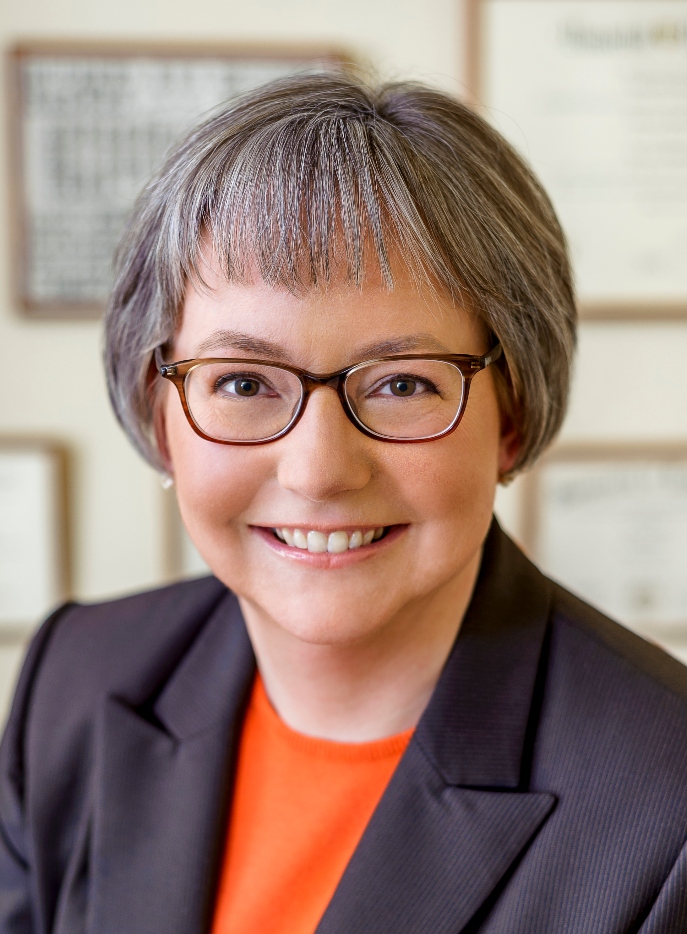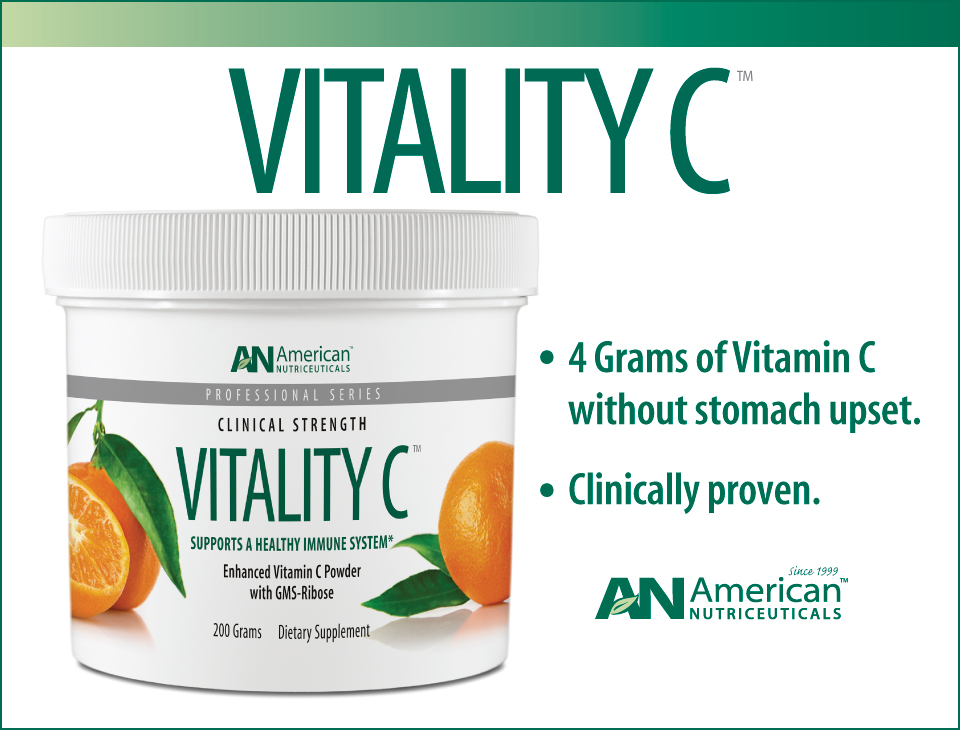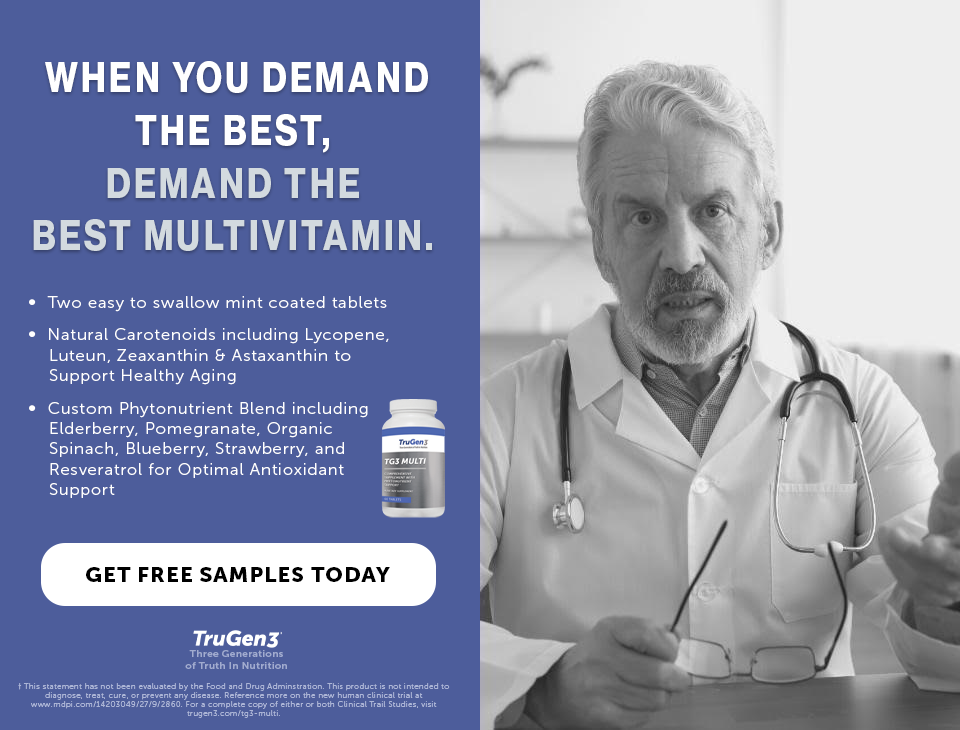Linda L. Isaacs, MD
The article “Coffee Enemas: Upending the Old Story” by Gar Hildenbrand in the July 15, 2023, Townsend e-Letter caught my eye because this technique has been useful to me personally and professionally for decades.1 Hildenbrand’s article focuses on the possible anti-cancer role of cafestol and kahweol in coffee. A reader unfamiliar with the technique might think the article dismissed detoxification with coffee enemas altogether, though the article does not say that. I wanted to provide a few comments about detoxification and coffee enemas.
Historically, coffee enemas were used in the 1800s and early 1900s for the treatment of poisoning and shock, and in postoperative care.2-4 A hard-to-find article I treasure is by Dr. Carlos Stajano, a surgeon in Uruguay, who described immediate improvement with coffee enemas in near-terminal patients.5 He pleaded for their continued use, which suggests that by 1941, when his article was published, the medical community was veering away from such “unscientific” treatments in favor of pharmaceuticals. No formal trials were ever done to indicate coffee enemas were ineffective; they just went out of style.6
As with many legacy treatment modalities, the exact mechanism of action is not established since few studies have been done. Coffee taken orally stimulates bile flow, as do enemas of any kind according to a 1929 publication.7,8 In a 2014 study, a group of gastroenterologists had half the participants in a study take coffee enemas prior to capsule endoscopy.9 The release of bile can occlude the images obtained in this procedure, and those who did coffee enemas had better quality images, suggesting the enemas had induced bile emptying.
A common claim about coffee enemas is that they massively stimulate glutathione production. The only reference I have found that might support that involved feeding mice green coffee beans as 20% of their diet, a very different form of administration than coffee enemas.10 In a 2012 article, Teekachunhatean et al reported that glutathione levels did not change in healthy subjects who either drank coffee or did coffee enemas.11 They did report a “trend to enhancement” in both the oral and rectal route. As per usual with investigations of “alternative” techniques by orthodox practitioners, the dosage of coffee and frequency of administration were much lower than what I would recommend. The study cannot assess whether coffee provided symptom relief since the patients were healthy.
The late Dr. Nicholas Gonzalez and I recommended coffee enemas as part of the treatment plan for patients with cancer, along with dietary modification, high-dose oral pancreatic enzymes, and other supplements. Our work was based on that of Dr. William Donald Kelley, because of the remarkable case reports Gonzalez had found in Kelley’s files.12 With time, we had our own remarkable case reports.13-17 We utilized coffee enemas because Kelley did, and because we found, as he did, that patients who chose not to do them did not do well. Along with Kelley, we assumed that they helped patients by stimulating detoxification mechanisms, and that pancreatic enzymes were the anti-cancer component.18
But Kelley, Gonzalez and I recommended coffee enemas to all patients, not just those with cancer. Almost without exception, patients were quite enthusiastic once they tried them because they felt so much better. I have had patients with inflamed joints from autoimmune disorders tell me that their pain improved or resolved with coffee enemas.
In my own case, I worked in a biochemistry laboratory as an undergraduate and was careless with chemicals there. When I was 22, I began to have dysphoria and difficulty concentrating; by the time I was 24 and starting my medical internship, I had severe fatigue, depression, and brain fog. I began coffee enemas in desperation and found them extremely helpful. When I was on call, stuck in the hospital overnight, unable to do the coffee enemas, I tried drinking coffee instead, but the effect was totally different. Drinking coffee left me wired but tired and foggy; with coffee enemas, the fog cleared and I felt relaxed. I have heard similar stories from other non-cancer patients over the years; they too found coffee enemas were helpful, but drinking coffee was not.
After completing my internship, I took a few years off and began the Kelley program, continuing with frequent coffee enemas. I believe my body then mobilized and disposed of many stored toxins because some of the agents I used in the biochemistry lab years earlier smelled like rotten eggs, and that smell showed up in my breath and body odor during that time. Eventually, the odors stopped, my health returned, and I finished my internal medicine residency without difficulty.
What is the molecular mechanism behind coffee enemas? I don’t know. But over the course of my career I have seen medications used before their mechanism of action was determined (nitroglycerin), and I have seen elaborate theories proven wrong when formal studies were done (too many to detail). I have no problem using a method that I have found effective, even without an elaborate theory of how it works, though of course I hope that further research will clarify this issue someday.
If any health professional is interested in any of the referenced articles or in directions for coffee enemas, I would be happy to provide them.
References
1. Hildenbrand G. Coffee enemas: upending the old story. Townsend Letter. Jul 15 2023. Available at https://www.townsendletter.com/e-letter-13-cancer-liver-detox-and-coffee-enemas/
2. Allison CC. Operative technique in appendicitis, with cases. West Med Review. Oct 15 1896;1(6):152-154. Available at http://google.com/books?id=tOVXAAAAMAAJ
3. Mississippi Valley Medical Association Society Proceedings. West Med Review. Nov 14 1896;1(7):189-194. Available at http://google.com/books?id=tOVXAAAAMAAJ
4. Cachot MA. Case of poisoning by aconite; enema of coffee in the treatment. Pac Med Surg J. Dec 1866;9:239-240. Available at http://google.com/books?id=BkAgAQAAIAAJ
5. Stajano C. The concentrated coffee enema in the therapeutics of shock. Uruguayan Med Surg Special Arch. Sep 1941;29(3):1-27.
6. Richards DG, McMillin DL, Mein EA, Nelson CD. Colonic irrigations: a review of the historical controversy and the potential for adverse effects. J Altern Complement Med. May 2006;12(4):389-93. doi:10.1089/acm.2006.12.389. Available at https://www.meridianinstitute.com/reports/colonic.pdf
7. Douglas BR, Jansen JB, Tham RT, Lamers CB. Coffee stimulation of cholecystokinin release and gallbladder contraction in humans. Am J Clin Nutr. 1990;52(3):553-556.
8. Garbat AL, Jacobi HG. Secretion of bile in response to rectal installations. Arch Intern Med. 1929;44:455-462.
9. Kim ES, Chun HJ, Keum B, et al. Coffee enema for preparation for small bowel video capsule endoscopy: a pilot study. Clin Nutr Res. Jul 2014;3(2):134-41. doi:10.7762/cnr.2014.3.2.134. Available at https://e-cnr.org/Synapse/Data/PDFData/9994CNR/cnr-3-134.pdf
10. Sparnins VL, Venegas PL, Wattenberg LW. Glutathione S-transferase activity: enhancement by compounds inhibiting chemical carcinogenesis and by dietary constituents. J Natl Cancer Inst. Mar 1982;68(3):493-496.
11. Teekachunhatean S, Tosri N, Sangdee C, et al. Antioxidant effects after coffee enema or oral coffee consumption in healthy Thai male volunteers. Hum Exp Toxicol. Jul 2012;31(7):643-51. doi:10.1177/0960327111432499.
12. Gonzalez NJ. One Man Alone; An Investigation of Nutrition, Cancer, and William Donald Kelley. New Spring Press; 2010.
13. Gonzalez NJ, Isaacs LL. The Gonzalez therapy and cancer: a collection of case reports. Altern Ther Health Med. Jan 2007;13(1):46-55. Available at http://www.alternative-therapies.com/at/web_pdfs/gonzalez1.pdf
14. Gonzalez NJ, Isaacs LL. Evaluation of pancreatic proteolytic enzyme treatment of adenocarcinoma of the pancreas, with nutrition and detoxification support. Nutr Cancer. 1999;33(2):117-124. doi:10.1207/S15327914NC330201
15. Isaacs LL. An enzyme-based nutritional protocol in metastatic cancer: case reports of a patient with colon cancer and a patient with lung cancer. Altern Ther Health Med. Jul 2019;25(4):16-19. Available at https://www.drlindai.com/Alt-ther-7-2019.pdf
16. Gonzalez NJ. Conquering Cancer: Volume One. New Spring Press; 2016.
17. Gonzalez NJ. Conquering Cancer: Volume Two. New Spring Press; 2017.
18. Isaacs LL. Pancreatic proteolytic enzymes and cancer: New support for an old theory. Integr Cancer Ther. Jan-Dec 2022;21:15347354221096077. doi:10.1177/15347354221096077. Available at https://journals.sagepub.com/doi/full/10.1177/15347354221096077
Published September 9, 2023
About the Author

Linda L. Isaacs, MD, is a graduate of the University of Kentucky and of Vanderbilt University School of Medicine. While she is certified by the American Board of Internal Medicine, she has spent her professional career providing enzyme-based nutritional programs to patients with cancer and with other illnesses. She has published case reports and review articles in the peer-reviewed medical literature. With her colleague, the late Dr. Nicholas Gonzalez, she co-authored the book The Trophoblast and the Origins of Cancer. Read more about her at www.drlindai.com.


